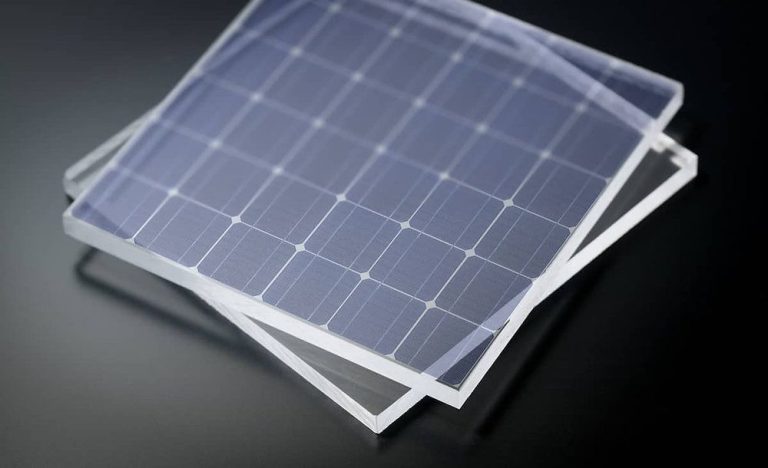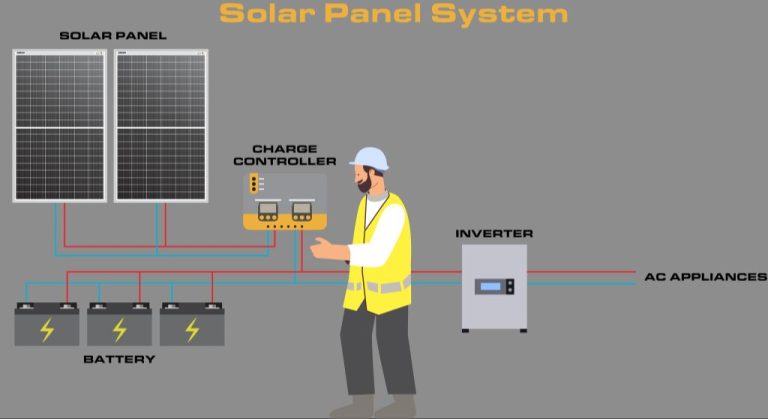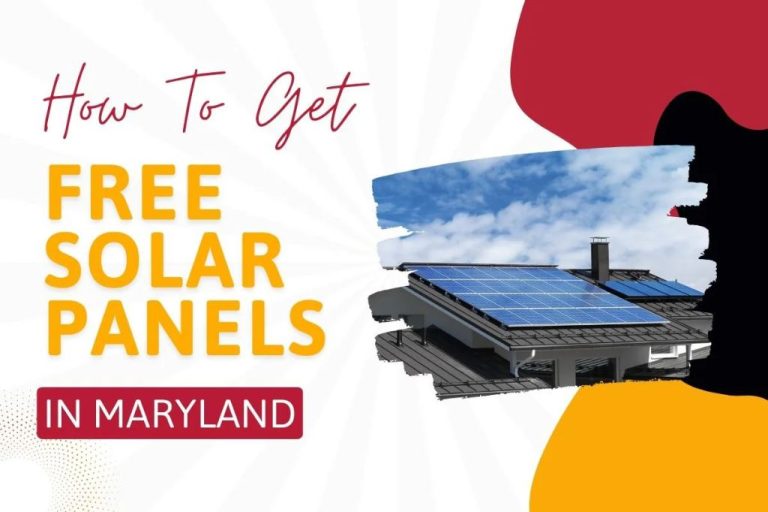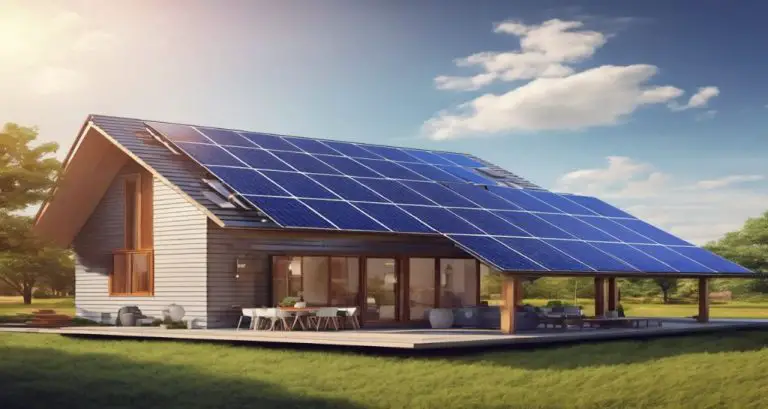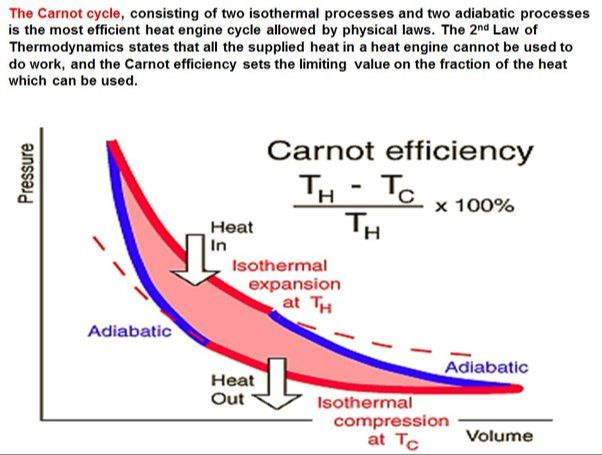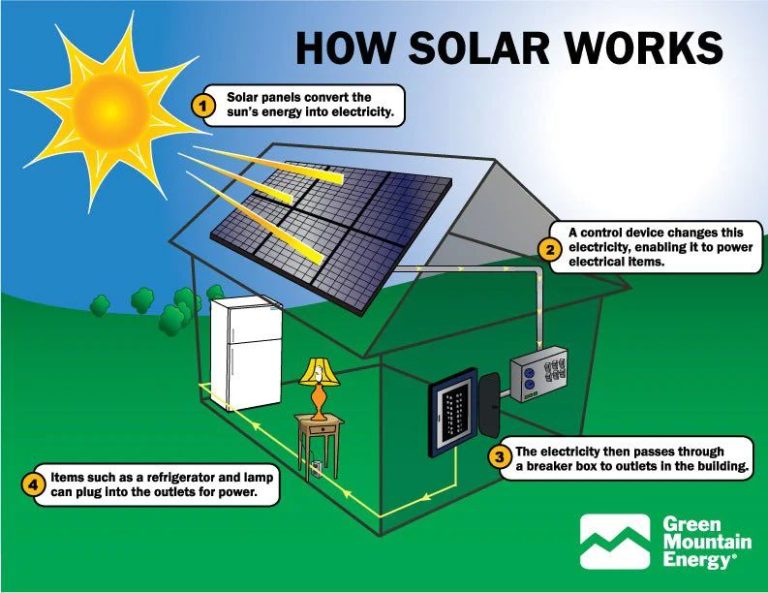Can You Collect Solar Energy At Night?
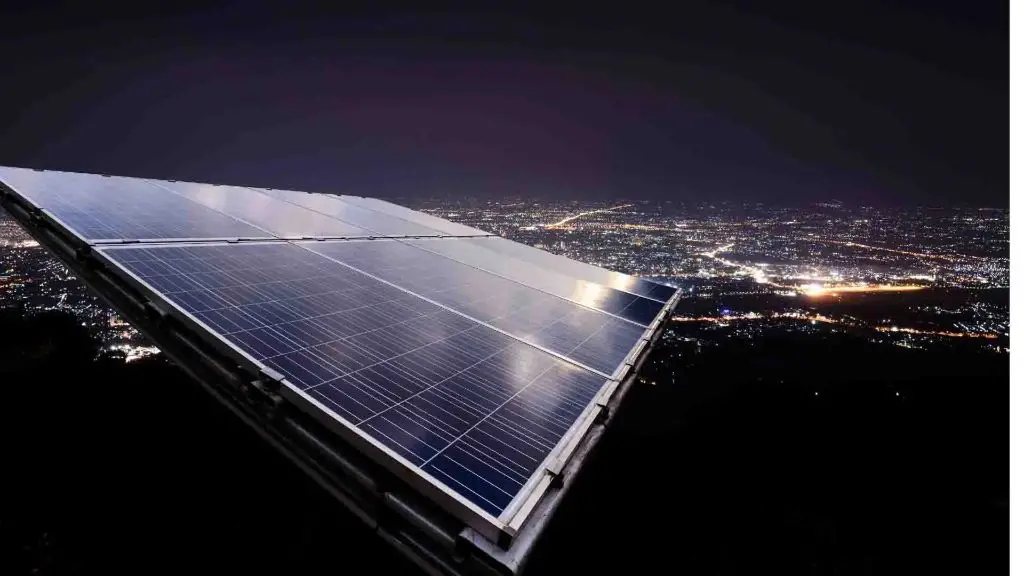
Solar energy has become an increasingly important source of renewable power in recent years. Solar panels convert sunlight into electricity during the day, providing clean energy without carbon emissions. However, solar panels are unable to collect energy at night since they rely on direct sunlight to function. This raises the question – is it possible to collect solar energy at night? In this article, we will explore how solar panels work, the challenges of generating solar power in darkness, and innovative solutions that may allow solar energy collection after sunset.
How Solar Panels Work
Solar panels are made up of photovoltaic (PV) cells that convert sunlight into electricity. PV cells are made from materials called semiconductors, such as silicon. When sunlight hits the solar panel, photons from the sunlight are absorbed by the semiconductor material in the PV cells. This energizes the electrons in the material and causes them to move, generating an electric current. The PV cells have an electric field built in that forces the electrons to flow in a certain direction, creating a DC current. Connecting PV cells together into modules and arrays increases the amount of electricity that can be generated. The DC current then goes through an inverter to turn it into alternating current (AC), which is the type of electricity used in homes and businesses. In this way, the photovoltaic process in solar panels converts sunlight directly into usable electricity.
Sources:
https://www.modelsolar.org.au/tech-support-old/how-solar-panels-work
https://cebrightfutures.org/sites/default/files/Wolverton%20CE%20Unit%20Plan%20.pdf
Why Solar Doesn’t Work at Night
Solar panels work by converting sunlight into electricity. They rely on photovoltaic cells that use the energy from light photons to knock electrons free from atoms, generating an electric current. Solar panels rely entirely on sunlight and its related radiated energy to function, even with advances in technology. When the sun goes down at night and sunlight stops reaching the photovoltaic cells, solar panels stop producing electricity.
Solar panels cannot generate any electricity at night because the solar cells in the panels require sunlight in order to produce power. They simply do not have an internal source of energy or illumination and will not generate electricity in darkness without the sun. Even with reflected light from the moon, the amount of light is negligible and insufficient to activate the photovoltaic effect in solar cells. Whether using photovoltaic or concentrated solar power systems, sunlight is essential for generating solar electricity. Without the sun, solar panels cannot actively create usable energy at night.
Storing Solar Energy
Solar panels convert sunlight into electricity during daylight hours, but a key challenge is storing that energy so it can be used at night or on cloudy days. There are several methods for storing solar energy, with batteries being one of the most common.
Lithium-ion and lead acid batteries are often used with home solar systems https://aurorasolar.com/blog/storing-solar-energy-everything-you-need-to-know/. These large capacity batteries can store electricity generated from solar panels during the day and discharge it as needed to power homes at night or when sunlight is limited. According to one source, today’s solar batteries can typically provide 1-5 days of autonomous power https://blog.ecoflow.com/us/can-solar-energy-be-stored/.
Batteries allow homeowners to maximize self-consumption of solar energy rather than export excess power to the grid. Stored solar electricity can also be used to charge electric vehicles overnight.
Using Stored Solar Energy at Night
One way to use solar energy at night is by storing the energy collected during the daytime and then using it after sunset. There are a few different storage methods that make this possible:
Batteries – Solar panels can be connected to batteries that charge up during the daylight hours. The stored energy in the batteries can then be used to power lights, appliances, and other electrical loads at night. Lithium-ion batteries are a popular choice for home solar battery storage due to their high efficiency and long lifespan.1
Pumped hydroelectric storage – Solar farms can utilize pumped hydro storage by pumping water uphill to a reservoir during the day, then releasing it through hydroelectric turbines at night to generate electricity. This allows large-scale storage of solar energy.
Thermal energy storage – Solar thermal power plants use mirrors to concentrate sunlight to heat a storage medium like molten salt. This stored high-temperature heat can then generate steam to run electricity generators at night.
With proper energy storage, solar power systems can continue providing clean, renewable energy around the clock, eliminating the need to rely on carbon-based fuels when the sun isn’t shining.
Concentrated Solar Power
Concentrated solar power (CSP) plants use mirrors to concentrate sunlight and convert it into heat. This heat is then used to drive a steam turbine and generate electricity. Some CSP plants incorporate thermal energy storage, allowing them to store excess heat during the day and use it to generate electricity at night.
According to https://helioscsp.com/why-invest-in-concentrating-solar-power/, CSP with thermal storage provides a competitive alternative to batteries for large scale energy storage. The operating cost of CSP with 8-10 hours of thermal storage is estimated at 5-7 cents per kWh, competitive with natural gas.
One downside to CSP mentioned in https://helioscsp.com/pros-and-cons-of-concentrated-solar-power-2/ is that these plants can only operate efficiently in areas with high direct solar irradiation. However, adding thermal storage allows CSP plants to provide continuous power outside sunlight hours.
Overall, CSP with thermal storage shows promise as a renewable technology able to provide solar power at night, though it remains geographically limited. Further cost reductions could make CSP with storage more competitive for baseload electricity generation.
Other Renewable Sources
Solar power isn’t the only renewable energy source that can produce electricity at night. Two other major renewable energy sources that can operate around the clock are wind and geothermal power.
Wind power [1] relies on the kinetic energy of wind turning large wind turbine blades, which spin a generator to produce electricity. Wind turbines operate whenever there is sufficient wind, regardless of whether it’s day or night. Large wind farms containing many wind turbines can provide renewable electricity [2] 24 hours a day.
Geothermal power [3]harnesses heat from underneath the earth’s surface to produce steam, which drives a turbine to generate electricity. This heat source is available at all times, enabling geothermal plants to provide constant baseload power day and night.
While solar energy has advantages as a renewable source, wind and geothermal enable renewable electricity generation to continue uninterrupted when the sun is down. A balanced mix of renewables can provide clean energy at all hours.
[1] https://www.shutterstock.com/video/search/wind-turbine-night
[2] https://www.shutterstock.com/video/search/lavender-wind-turbine
[3] Cite geothermal power source here
Innovative Solutions
A key area of research for generating solar energy at night focuses on experimental methods and new technologies. For example, scientists at Stanford University have developed prototype solar panels that can generate a small amount of electricity at night by exploiting a process called radiative cooling.
Radiative cooling allows objects to shed heat by emitting infrared radiation into outer space. The Stanford team added a sheet of aluminum oxide to conventional solar panels, enabling them to shed heat at night and generate about 25 milliwatts per square meter. While a small amount, this demonstrates the potential of radiative cooling for nighttime solar power generation.
Another experimental approach uses a specially designed semiconductor that can harvest energy from infrared wavelengths. Researchers at UC Davis developed an infrared photovoltaic system using these materials that can generate power at night from ambient heat sources like the surrounding air and ground. Early prototypes have achieved power densities of up to 64 watts per square meter at night.
Ongoing innovations in materials, thermal engineering, and photovoltaic systems may enable solar panels to operate around the clock. While still at early stages, experimental nighttime solar technologies showcase the tremendous potential to expand renewable energy generation beyond daylight hours.
Practicality of Night Solar
While innovative night solar solutions exist, the practicality and feasibility of implementing them on a wide scale still faces challenges. Currently, adding thermal storage or concentrating solar power to enable nighttime solar power generation substantially increases costs compared to regular solar panels. Retrofitting existing solar farms with these new technologies would require massive investments and infrastructure changes. For homeowners, the payback period for installing new nighttime solar capabilities may be too long to justify the higher upfront costs.
That said, costs are likely to come down as the technologies mature and scale increases. The value proposition for nighttime solar improves in areas with high demand peaks after sunset. Utilities and commercial businesses may adopt nighttime solar earlier to reduce peak demand charges. Overall, nighttime solar capabilities complement rather than replace conventional solar, allowing more flexible usage of solar energy generated during the day.
While ongoing research aims to improve efficiency and lower costs, it will take time before nighttime solar becomes widely adopted. Near-term efforts may focus on easier solutions like expanding energy storage capacity alongside solar panels to stretch solar energy generated during daylight. In the future, innovations in solar technology could shift more energy generation into the evening hours.
Conclusion
In summary, solar energy cannot be directly collected at night, since solar panels require sunlight to generate electricity. However, solar energy can be stored during the day in batteries or thermal storage tanks and used later when the sun goes down. Concentrated solar power is the one technique that can actually generate solar power at night by focusing sunlight stored during the day into hot salts to run a steam turbine. But overall, the generation of solar energy strictly at night is limited and impractical compared to simply using stored solar energy collected during daylight hours. While innovative solutions continue to emerge, the fundamental reliance on sunlight means that directly collecting solar energy at night remains elusive. With proper energy storage, though, solar can still play a major role in supplying our electricity needs 24/7.

